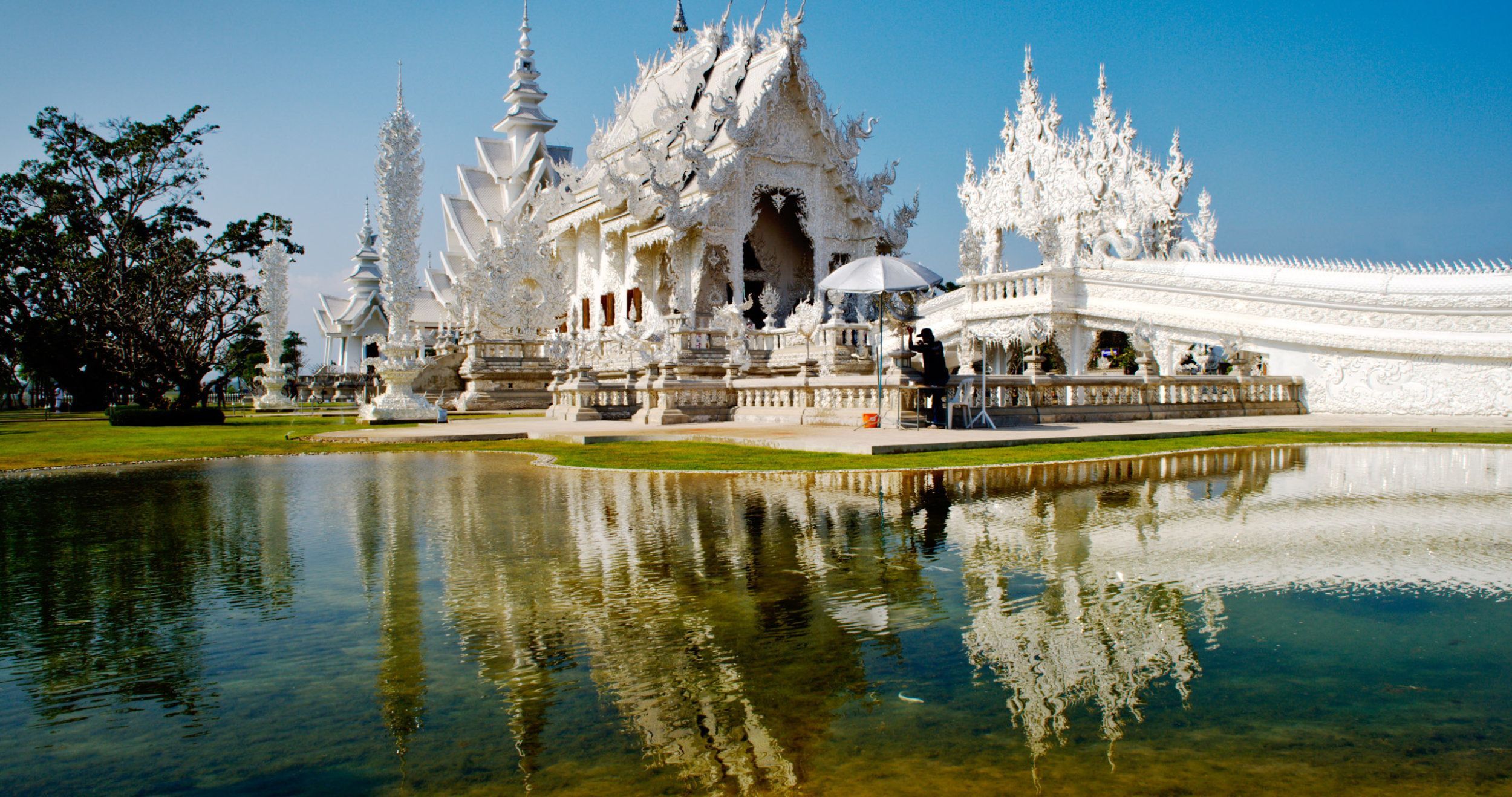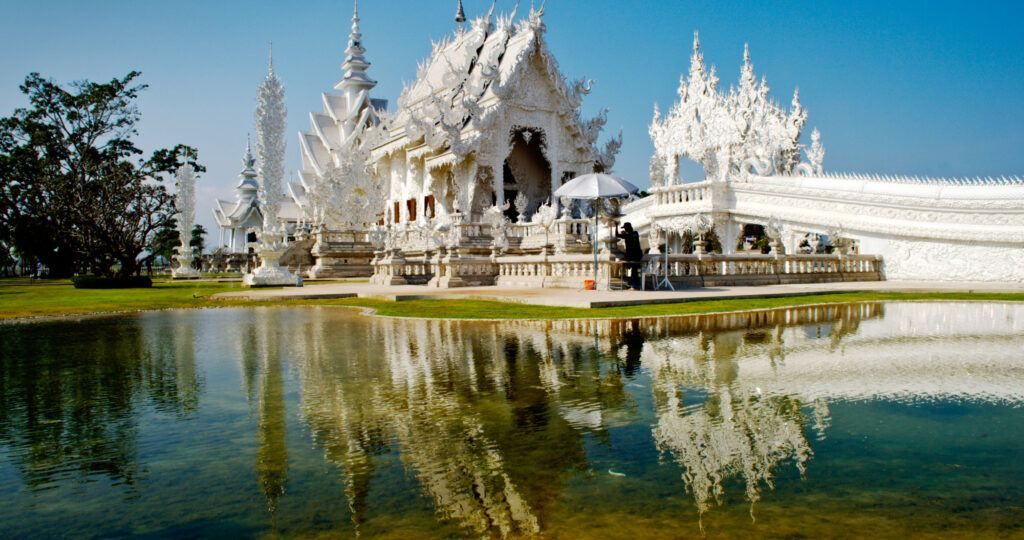Religious shrines are often attractive places to photograph, especially when we travel. Holy places feature all manner of visual stimuli that make them great subjects. But we’ve all seen dull holiday snaps of temples and churches that don’t hold a candle to the real thing.
What makes photographing religious shrines challenging? In this guide, I’ll offer you five tips to enlighten you as to how you can make your photos of holy places look more heavenly.
Recommended Reading: Want a simple way to learn and master photography on the go? Grab our set of 44 printable Snap Cards for reference when you’re out shooting. They cover camera settings, camera techniques, and so much more. Check it out here.
Tip #1: At All Times, Be Respectful
Whatever your own beliefs are, be respectful of where you are and, more importantly, the faithful who are there to worship.
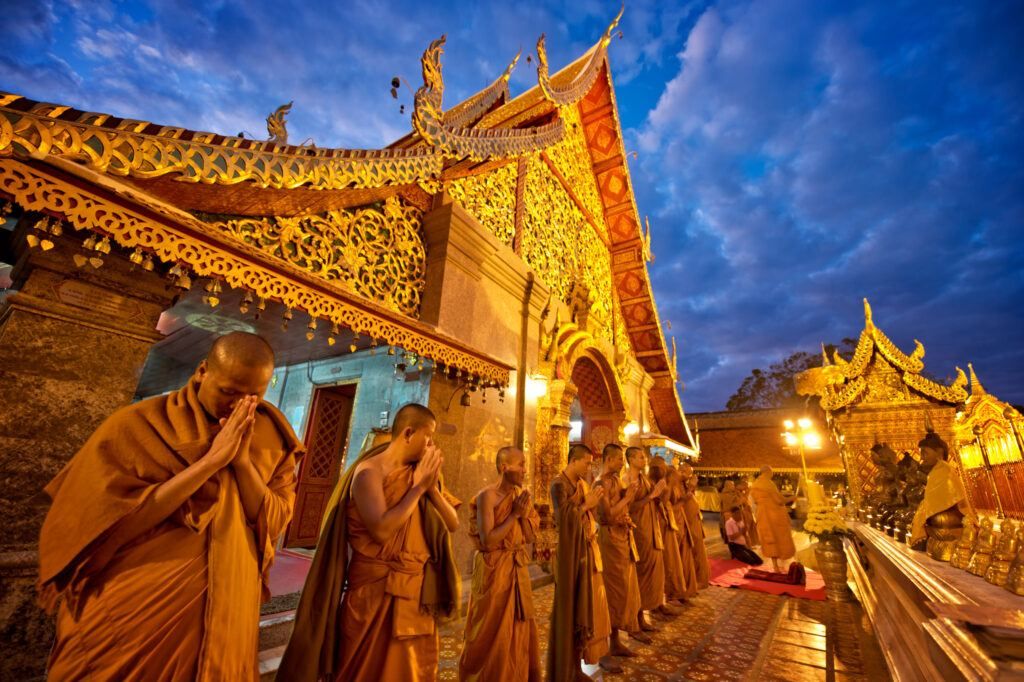
Photograph by Kevin Landwer-Johan
Many places of worship attract large numbers of tourists. This does not mean that people are not there to participate in religious rituals and prayer. Too many times I have seen busloads of ignorant and ill-informed tour groups invade sacred traditions.
If you’re not familiar with the particular practices of a religion and are planning to visit a shrine, do your homework. Find out what believers do when they visit their holy place. This will educate you as to how to avoid offending anyone. It will also reveal some important aspects of the practice of worship you can photograph.
Key Lesson: Being informed helps you to capture the most important moments. By understanding some of the nature of a ritual, you’ll be better prepared to catch the decisive moments as they happen.
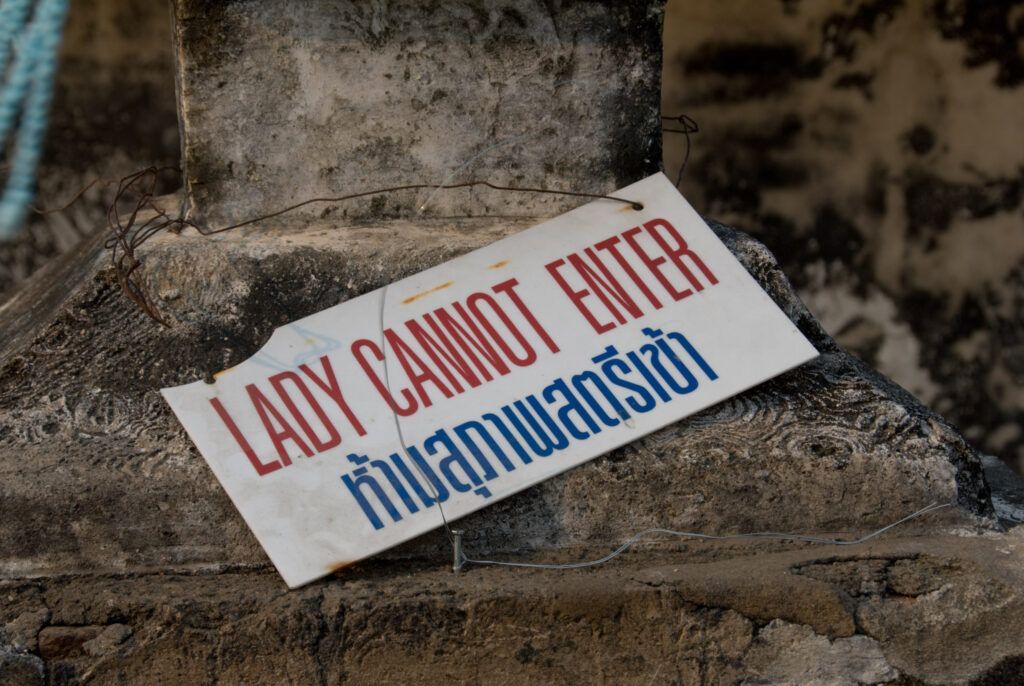
Photograph by Kevin Landwer-Johan
Temples, churches, mosques, and other religious places have protocols that are understood and followed by worshipers. These are sometimes not obvious to visitors, so it pays to read up on what’s expected before you visit.
Many religious places on tourist routes have signed in multiple languages to inform you how to behave and dress. You may arrive and realize that what you are wearing is not suitable. If you’re not sure, look at what the locals are wearing. Do they have their heads covered? Do they take their hats off before entering? Are their knees covered? Do they take their footwear off before entering buildings?
Being respectful is the first step to take. If you are not, you may find you are not even permitted to enter a holy place and you’ll certainly miss out on taking photos.
Tip #2: Watch What the Locals Are Doing
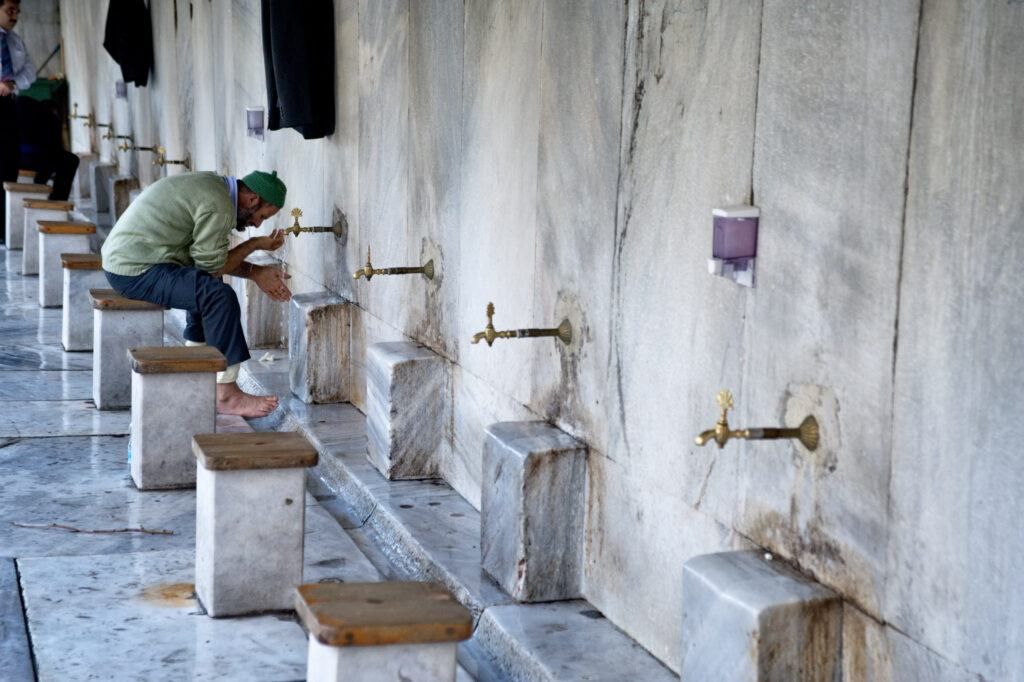
Photograph by Kevin Landwer-Johan
Being observant is an imperative habit every photographer should nurture. Stand back and watch. Take your time. Even when time is not on your side, slowing down will allow you to see the potential for the best photos. If you rush in and grab a few snapshots, you’re likely to miss the best opportunities to truly capture the essence of the shrine you are visiting.
Watch what the locals are doing. This will give you the best idea of what happens in any holy place. What do they do as they enter? Are there specific rituals everyone enacts? Capturing these activities against a remarkable backdrop will often make your photographs more interesting.
Key Lesson: Don’t only take a photo of the first angle you see. Walk around. Look from different angles. Old shrines, built before the electric age, contain design features that maximize the effects of natural light. You need to move around to find where it looks best.
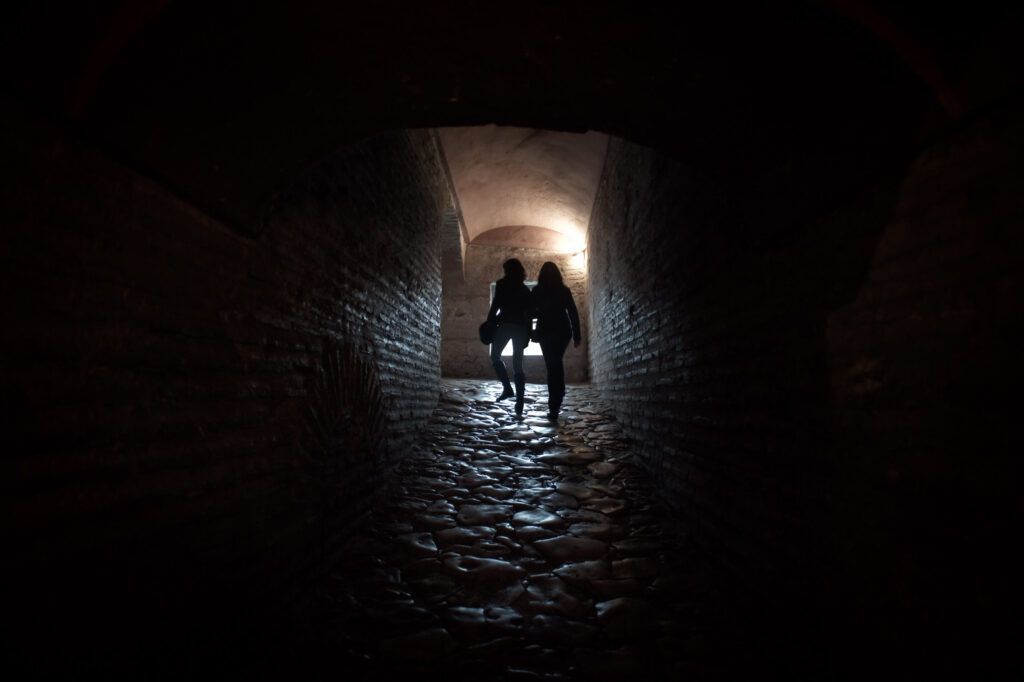
Photograph by Kevin Landwer-Johan
Check to see if you’re allowed to go into certain areas before you find that optimum angle. Are you allowed to go upstairs? Are some parts of the church or temple off-limits to visitors? The last thing you want is to be scolded by an angry rector or monk for violating their sacred space. If you’re not sure, ask someone. Often attendants are hovering to keep an eye on things. Even when you don’t speak the local language, gesturing at your camera and indicating where you’d like to take a photograph from will communicate sufficiently well.
Being observant is an imperative habit every photographer should nurture.
You may well have access to many areas, but sometimes you will be required to purchase a camera permit first. I’ve had this experience when visiting Buddhist temples and Christian Easter ceremonies in Myanmar.
Tip #3: Work the Room
Location. Location. Location. When you visit a religious shrine, work the room. Make the most of the whole location. Get inside if it’s permissible. Capture the exterior. Aim for a series of photos that provide everyone who sees them with a narrative of your experience.
Key Lesson: Think like a movie director. Include wide, medium, and close-up photographs representing your overall impression of the holy place.

Photograph by Kevin Landwer-Johan
Create an opening vista, such as a wide composition showing the shrine and its whereabouts. What’s next door? What kind of activity is happening just outside that may or may not be related to the shrine? You don’t need to make this the first photo you take. Often it can be better to take it as you leave because by then you’ll have a stronger impression of the place.
Medium photos may make up the bulk of your images, such as photos of people as they pray; the artwork on the walls and the statues; windows, doors, altars, and tourists – all of the things that take your interest. Places of worship are often overflowing with imagery. It is not possible to capture everything the way you see it in one or two photos. Capturing a series of images is the best way to convey your experience of the place.
Don’t forget to pay attention to details. The small things fill out a photo essay, such as the hands of a monk, a small part of an intricately carved statue, or a close-up of part of a mosaic. Look for such images where the light is best and compose them well. These details provide extra information about your experience and what interests you most about the place. They will show the viewer things they may not see if they were to visit the same place.
Tip #4: Get Your Timing Right
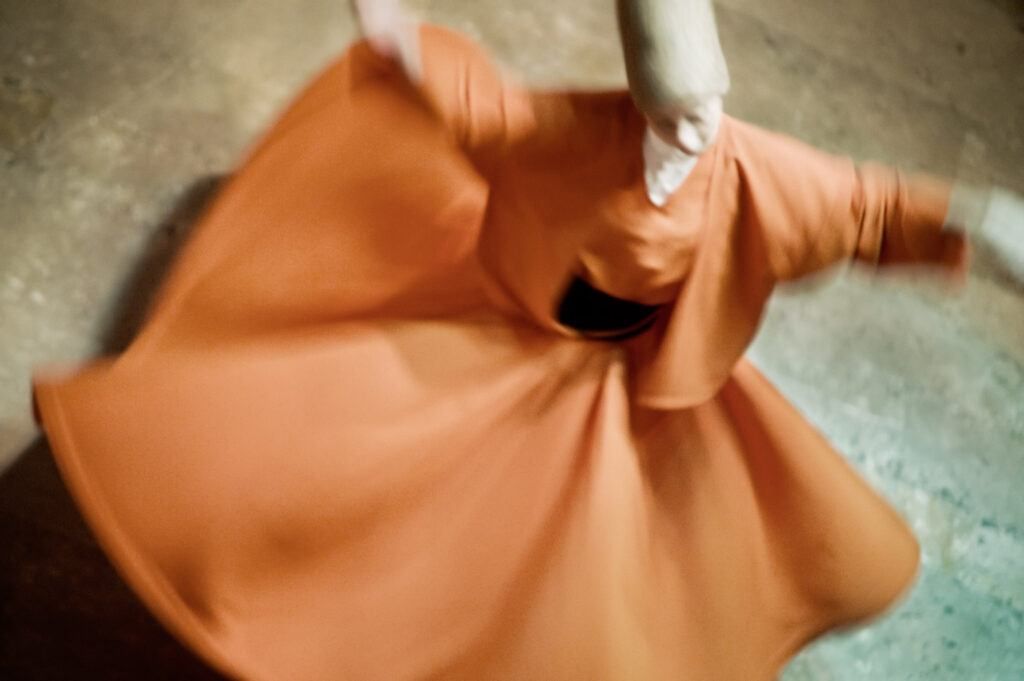
Photograph by Kevin Landwer-Johan
Planning your visit allows you to pick the best time of day to arrive at a religious shrine. Naturally, in the morning and evening, the light will be richer. Finding out when the most interesting activities happen can guide your choice of when to go.
Some places of worship have devotees performing rituals throughout the day. Others are more time-specific, or there’s more activity during some parts of the day than others. A little research ahead of time will help you decide.
In some situations, times of the most activity may not be the best time for photography. You might find you are not welcome to take pictures during a focused time of worship.
Key Lesson: Whatever time of day or night you’re at a shrine to take photos, think about timing. Watch for the decisive moment. This may be as the sun rises over the temple rooftop or as the light illuminates a feature statue.
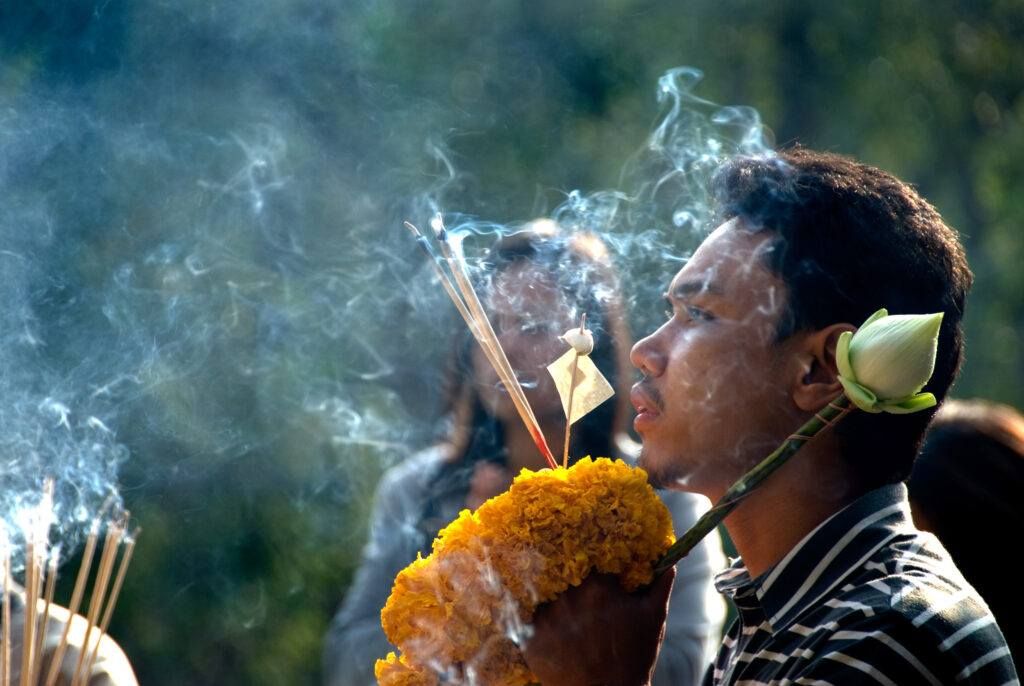
Photograph by Kevin Landwer-Johan
Often, when you’re photographing people practicing religious rituals, you’ll see that they are repetitive. Observe and look for patterns of activity. This will allow you to predict the decisive moments to take your photos. See when the most interesting part of the activity happens and position yourself at the best place to be able to capture it.
If you’re visiting a holy place in the evening, check when the gates close. It can be easy to get engrossed in taking photos and not realize that you’ve been locked in.
Tip #5: Be Present and Feel the Place
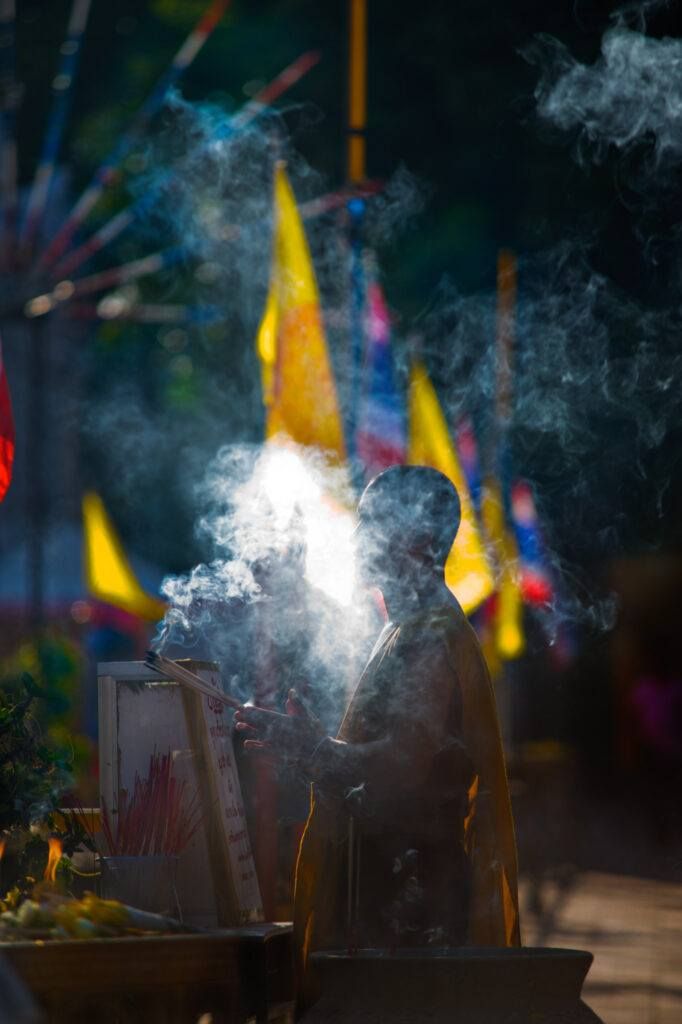
Photograph by Kevin Landwer-Johan
Holy places can feel special. If you are a person of faith, you will know this from experience when you have visited distinguished shrines.
Whether or not you are visiting a place of worship of the same faith as your own or not, stop to feel. Get a sense of why people worship there. This will help you capture more sensitive photographs that convey the true nature of the shrine.
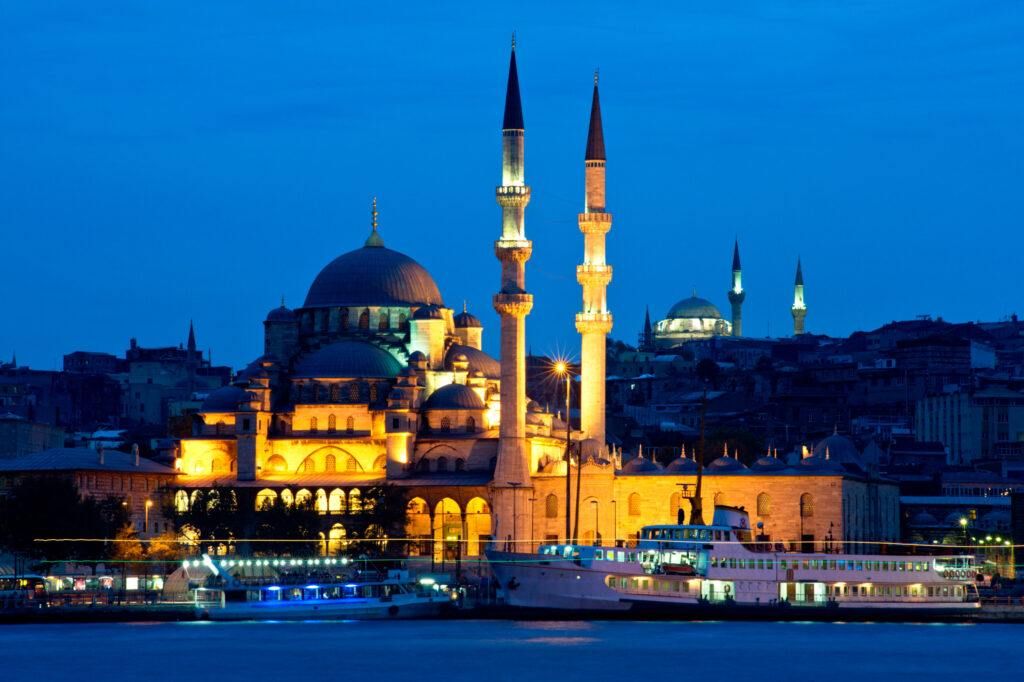
Photograph by Kevin Landwer-Johan
Opulent decoration and historic architecture alone will not tell the whole story of any place of worship. You need to include the people and what they do there. If you have done your homework and know some history, this will often provide you with good insight. Think about this as you watch people.
Get a sense of why people worship there. This will help you capture more sensitive photographs that convey the true nature of the shrine.
How do they interact with the place and the things there? How do they communicate with each other? Do they communicate at all? Where are the most important holy places?
Look for what makes the location and the experience of being there special for the faithful who come to pray. When you catch a sense of the feeling of a place, you can photograph it with empathy. Your photos will be stronger for it.
Recommended Reading: Want a simple way to learn and master photography on the go? Grab our set of 44 printable Snap Cards for reference when you’re out shooting. They cover camera settings, camera techniques, and so much more. Check it out here.
Key Lesson: Avoid the cliche photos that everybody takes. If you must take them, look for an alternative perspective or angle. Remember that a good subject does not make a good photograph, a good photographer does. No matter how wonderful what you are standing in front of is, you can still make a dull picture of it.
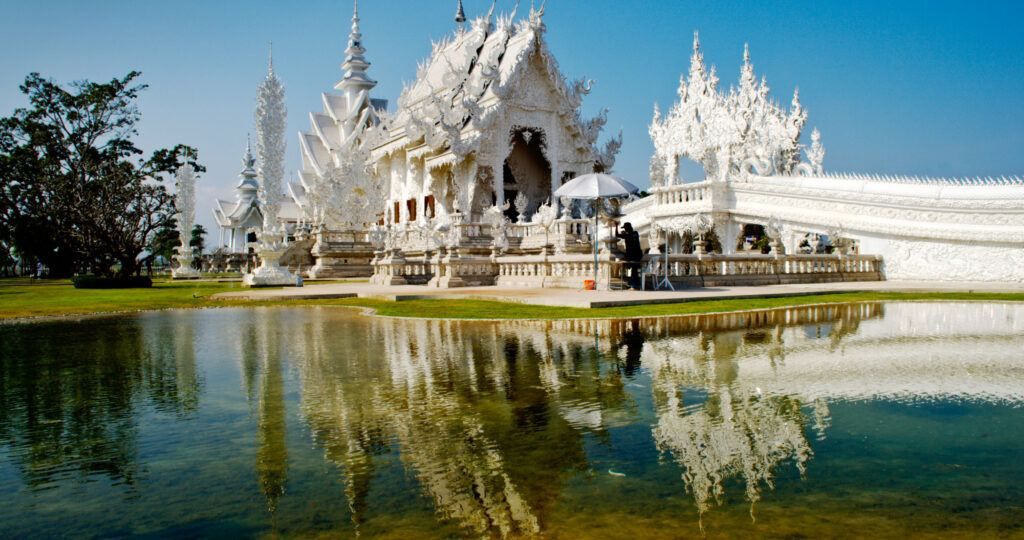
Photograph by Kevin Landwer-Johan
Challenge yourself to feel your environment and make interesting photos of the beautiful things you see.
Conclusion
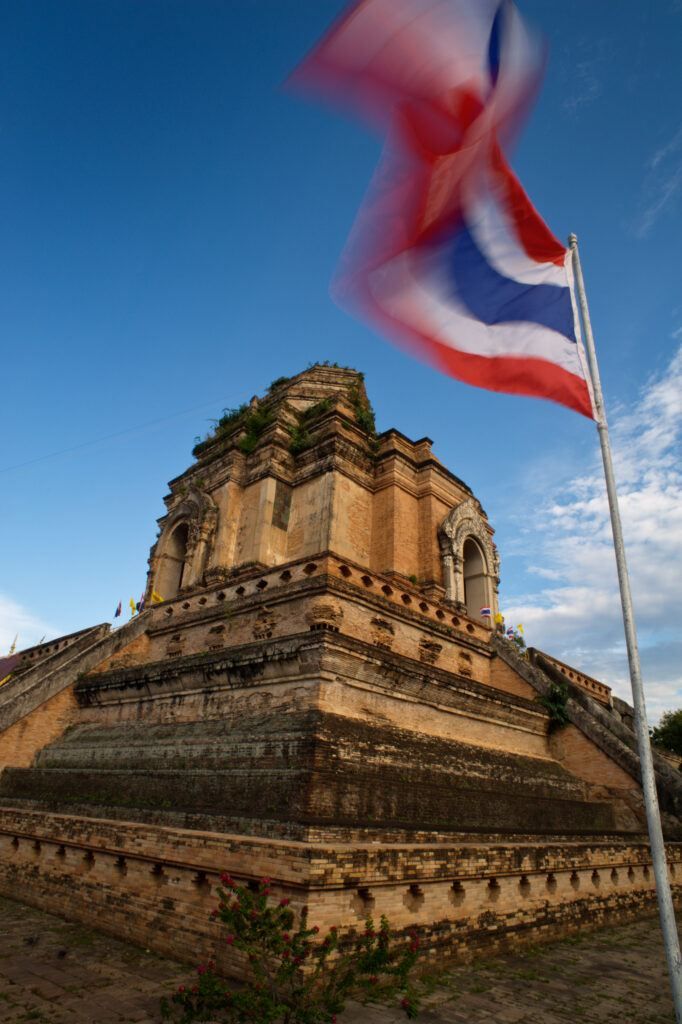
Photograph by Kevin Landwer-Johan
Religious shrines come in all manner of designs and styles. Most often, especially in poorer nations, they are the most expensive building in the center of the town or village. There’s always something interesting about them to photograph.
There are always protocols to guide your activities in such places. Be aware of these, both as a matter of respect and so you can get the best photos. Ignoring the guidelines might result in being asked to leave, in which case you won’t get any more photos at all.
Take your time. Watch what the locals are doing. This will show you how to act and often give you clues about where to find the best photo opportunities.
Self-Check Quiz:
- What is the most important thing to do at any religious shrine you visit to take photos?
- If you are not sure what to do, who should you look at to learn from?
- Is the first point of view you think to take a photo from always the best?
- Which three types of photos should you try to make if you are thinking like a movie director?
- Is timing your visit important?
- What kinds of activity is it good to look for when aiming to take photos at the decisive moment?
- What type of photo is it best to avoid taking?


